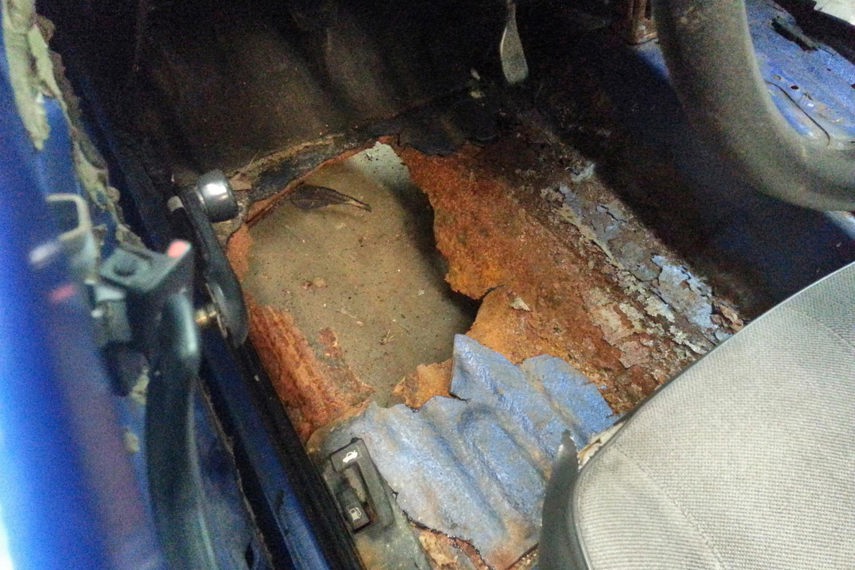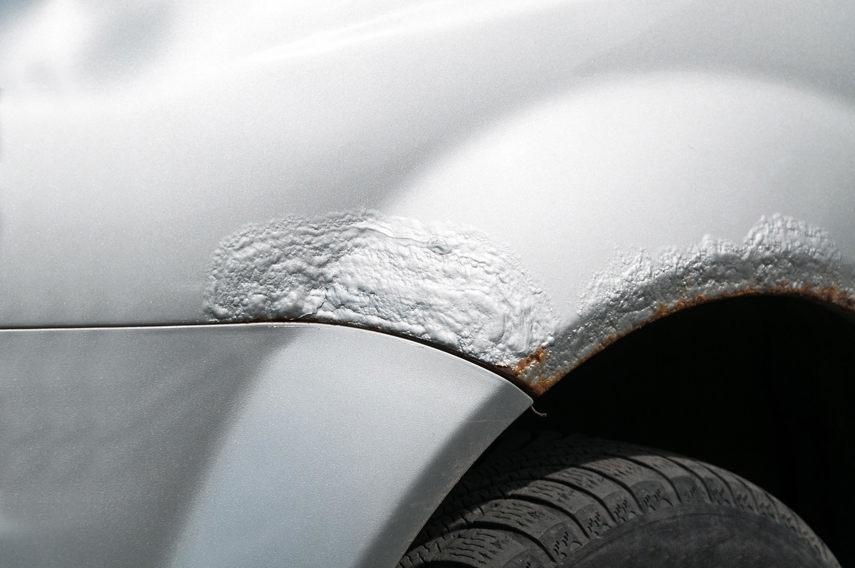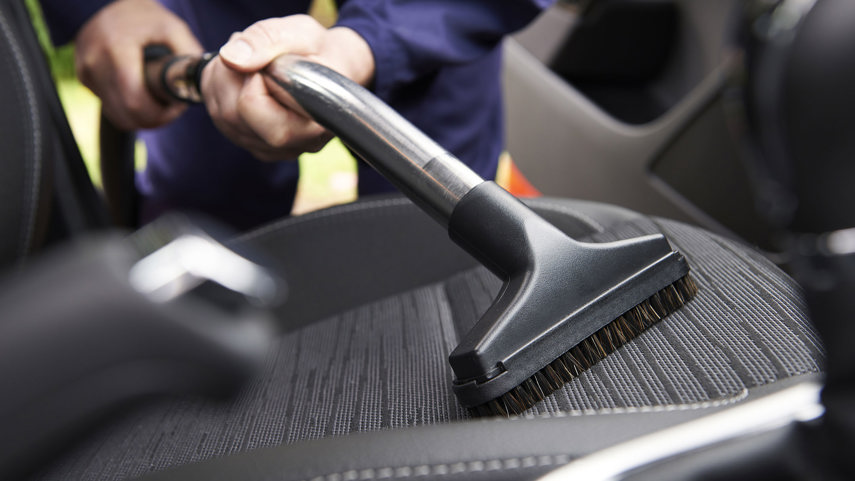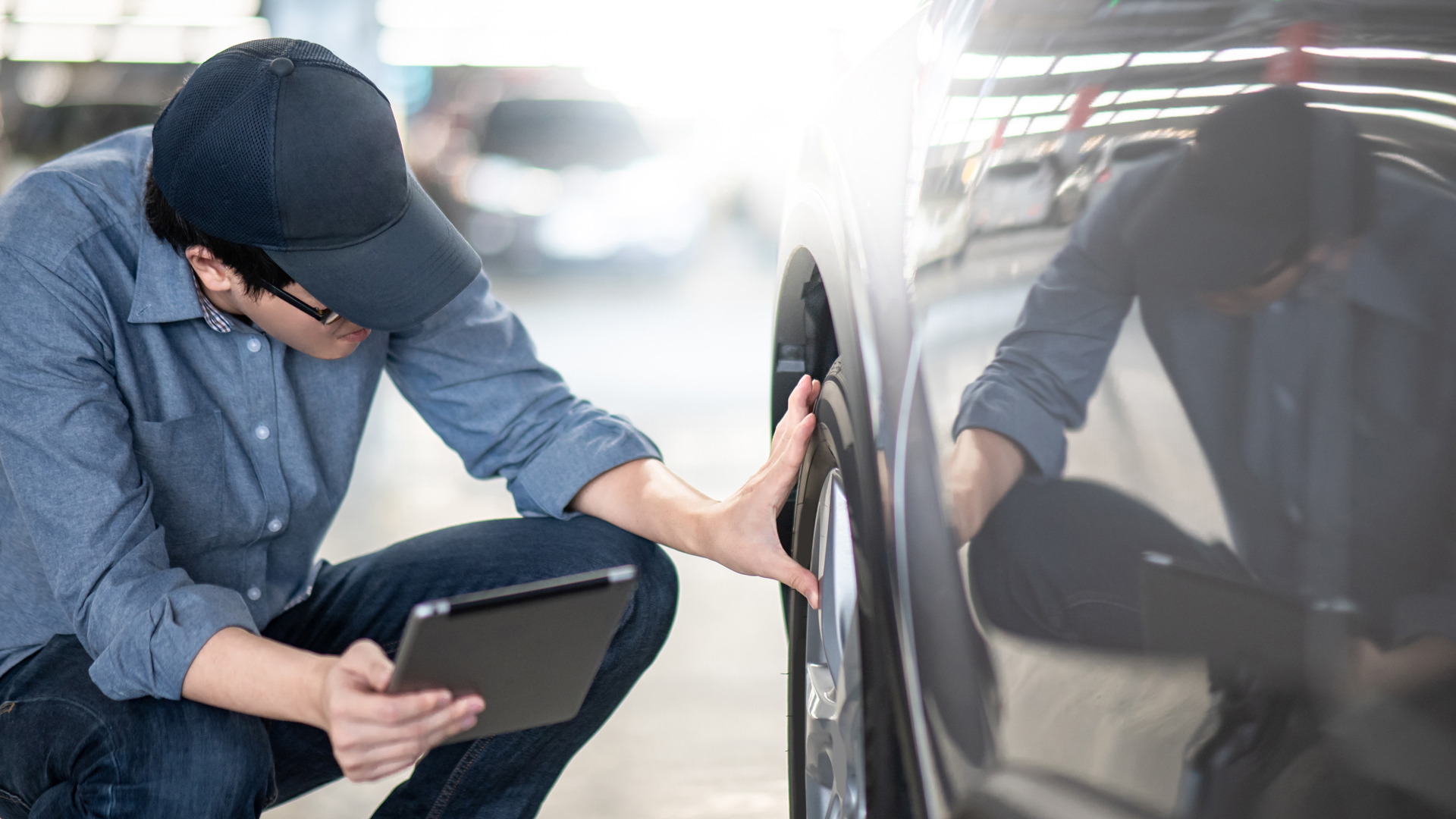Vehicles definitely aren’t cheap, so you should do everything you can to make your current ride last as long as possible and retain its value.
We’re here to help with 10 easy tips to keep your vehicle going, and maybe save you from bigger and more expensive repairs along the way.

Drive It Smart
Jackrabbit starts, hard braking, and erratic lane changes are all hard on your driveline, brakes, and suspension components. Your vehicle will last longer if you drive smoothly with gradual acceleration, and take your foot off the throttle to coast before you get to the red light instead of rushing up to it and then slamming on the brakes. Your passengers will appreciate it too, and best of all, you’ll get better fuel economy.
Do the Scheduled Maintenance
Regular oil changes help keep your engine clean and prevent damaging sludge from building up, which can lead to expensive repairs. Brake inspections can detect worn pads before they’re bad enough to damage the rotors, or a frayed engine belt spotted before it breaks and you need to be towed. Doing preventative maintenance and catching these issues before they become major problems will be better for your car and wallet in the long term.
Don’t neglect the “forgotten fluids,” such as transmission fluid, differential oil, or power steering fluid if their service is recommended on your vehicle. Also change the coolant as required. This will protect your radiator and your heater core, and replacing that core can be very labour-intensive and correspondingly expensive on some vehicles. Follow all of the service intervals in your owner’s manual, and use the recommended fluids.

Drive It Regularly
Your vehicle needs regular exercise, especially if you’ve been driving less due to the pandemic. At least every two weeks, drive it long enough for the engine to get to operating temperature. It’s best to go for a five- to 10-kilometre run, preferably with some highway driving if possible.
Driving your vehicle regularly helps circulate fluids, burns off internal engine condensation, keeps the brake pads from seizing to the rotors, and charges the battery.
Tend to Your Turbo
An increasing number of vehicles have turbocharged engines, and not just on performance cars. Many automakers are putting them in everyday vehicles for fuel mileage inherent to the smaller engine, but with bigger-engine power when needed.
Be especially vigilant about regular oil changes because the turbo spins very fast and runs hot, and it needs clean oil for lubrication. In cold weather, drive moderately for about the first 10 minutes – this warms the oil so it flows better – before you hit the throttle hard. If you’ve been driving aggressively, idle for a minute or two before shutting the engine off to let the turbo cool down.

Deal With Rust Before It Happens
No matter where you live – but especially if your area uses road salt – get your vehicle rustproofed. This helps protect the body and the undercarriage components. Most trucks and some SUVs have their spare tires mounted under the bed and held with a metal cable. Be sure that it gets greased so it doesn’t seize and refuse to crank down when you need that tire.
There are differing opinions on the best rustproofing. Some prefer a thick, dripless product, while others like thinner oil spray, so pick your favourite. The only thing we definitely don’t recommend is an electronic rust protector, which uses a weak electric current to supposedly prevent the problem. They’re mostly good for making your wallet lighter and don’t do much to actually help your car.
Keep It Clean
Wash your vehicle regularly, especially in winter when you’re cleaning away slush and salt. In winter, take it to the do-it-yourself car wash every couple of weeks, and spray the underside until the water runs clear to get the salt out. When your car’s clean, it’s easier to see any issues, such as stone chips or emerging rust bubbles.

Stay on Top of Paint Issues
Stone chips are easy and cheap to fix, while the rust that can eventually form is much pricier to repair. Get a tube of touch-up paint at a dealer or auto parts store, matched to your vehicle’s colour. Follow the instructions on the container.
If rust is coming through, visit a body shop. It’s cheaper than fixing it after it’s a major issue, and it’ll help your vehicle last longer and retain more of its value. Virtually all vehicles come with a manufacturer’s rust warranty. If you’re still covered, have a dealer look at it, but don’t get your hopes up too high. In most cases, it has to be rust perforation – a hole right through, not just surface rust – before the automaker will make a no-charge repair.
Grease the Hinges
Regular lubrication can keep hinges from getting squeaky and eventually wearing out. It’s an easy do-it-yourself fix. Use a spray lube, such as white lithium grease or WD-40 that comes with a tube. Spray it in the hinge, open and close the door a few times to work the grease in, and wipe off the excess.
You should also lubricate the hinges on the hood, fuel door, and trunk or liftgate, but if your vehicle has strut rods holding up the hood or liftgate, don’t spray anything into them. If your door or trunk has a key lock, squirt in a bit of graphite lubricant. You can get all of these products at an auto parts store quite affordably.

Care for the Chairs
If you have cloth seats, vacuum them regularly to remove dirt so it doesn’t get ground in and weaken the fabric. Use the crevice tool to get in between the seatback and cushion.
If you have real leather seats, clean and condition them with leather-specific products to prevent them drying out and cracking. On any fabric, clean up spills promptly to prevent permanent stains.
Don’t Forget the Floor
Vacuum the carpets regularly, including under the seats. In winter, use rubber mats with high sides or deep designs to trap snow as it melts off your boots. If your carpet gets damp, it can create rust on the floor and on the metal attachments for the seats. It’s always cheaper and easier to prevent a problem than it is to fix it.

